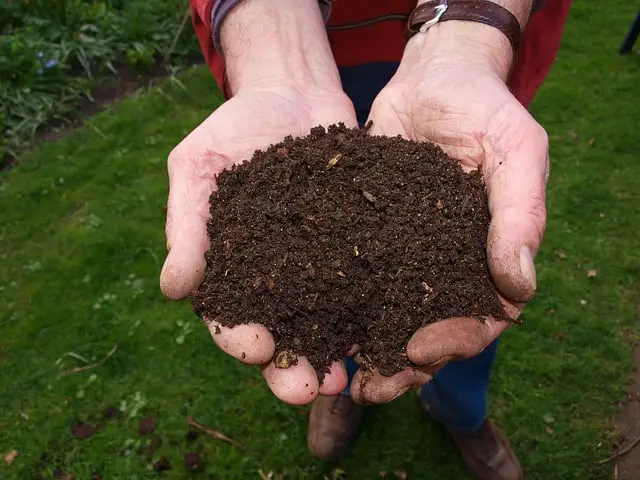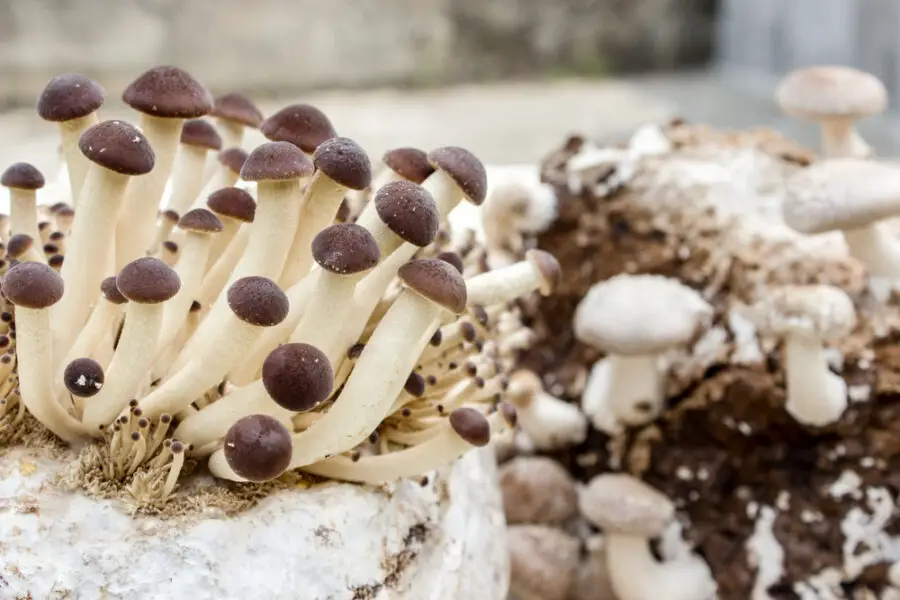Morels are one of the most desired mushrooms because of how delicious they are. It can be difficult to find them, and even more difficult to make sure they are good. If you see a black morel, it is super easy to assume that the morel has just gone bad, but this isn’t actually the case.
Morels do turn black for darker varieties when they are dried or if they are contaminated with a black mold. In addition, there is an entire species of black morel mushrooms. There are as many as twelve different types of black morel mushrooms that can be found in several locations. In North America, there are really just three types to look out for.
What is a Black Morel?
Even though there are several different types of black morels, they all share some of the same basic characteristics. For example, they all have conical, elongated, ridge-covered, and honeycombed caps with deep pits. Both the cap and stem of these mushrooms are hollow, which is one of the main ways to tell if it is a real black morel or a fake one.
The bottom of the black morel cap is attached to the stem. In several cases, the cap might even be longer than the stem. This stem is usually a whitish color or a sandy yellow, much lighter than the black cap.
The ridges and pits on the black morels will run vertically on the cap. The ridges are usually a brownish black color, and the pits are a lighter yellowish brown. The black morel most commonly grows in the month of April and into the early part of May.
East Coast Black Morels
There are three different types of black morels that grow on the East Cost of North America. They are known as M.angusticeps, M.septentrionalis, and M.punctipes. If you live on the East Coast, the black morels you see are going to be one of these three.
M.angusticeps is the most common black morel and in the majority of places it grows, it is the only black morel. Luckily, this makes it easy to identify. Young morels will have brown or tan ridges that turn to black as they mature. The pits are a yellow brown and stay that way as they mature.
The stems are usually two to eight centimeters tall and one to three centimeters wide. The cap will be between three and eight centimeters high and two to five centimeters wide. You will mostly see these black morels in the Rocky Mountains growing near cherry, apple, tulip, and ash trees.
Next is the M.septentrionalis. This black morel only grows between Michigan and New York. The main difference between this black morel and the M.angusticeps is the size. The cap of this black morel is only three to four centimeters tall and one to two centimeters wide. The stem usually ranges between two and three centimeters tall and one to one and a half centimeters wide.
You will most commonly find M.septentrionalis growing in or near decaying wood. This is an unusual feature for morels, so it is the most distinguishing factor of this one. It is also common to find this mushroom growing by ash trees or big-toothed aspens.
Finally, there is M.punctipes. This black morel is different than others because the cap is only halfway attached to the stem. The stem of this black morel is the largest of the three, ranging from one centimeter to fifteen centimeters tall and between one to four centimeters wide. The cap is two to four centimeters tall and about the same wide. This black morel grows under hardwood trees as well.
West Coast Black Morels
There are nine different types of black morels that grow exclusively on the West Coast of North America. These black morels are named M.brunnea, M.importuna, M.snyderi, M.frustrata, M.populiphila, M.sextelata, M.septimelata, M.capitata, and M.tomentosa.
M.brunnea is the most common black morel in the West Coast. It looks identical to the M.angusticeps that grows on the East Coast, so the only way to tell the difference is their location. They usually grow under oak trees and Pacific Madrone trees.
M.importuna is a black morel that is often referred to as an opportunistic morel. It doesn’t typically grow under trees like other morels, but instead grows in gardens or landscaping sites. The stem can grow between three and ten centimeters tall and two to six centimeters wide. The cap will grow between three and fifteen centimeters tall and two to nine centimeters deep.
M.snyderi looks much different than other black morels. When young, the ridges are yellow, and it is commonly mistaken as a yellow morel. As it ages, the mushroom turns black. These mushrooms generally grow under white fir, ponderosa pine, and Douglas fir trees.
M.frustrata is another black morel that stays yellow until it is mature. The stem is typically pockmarked, making it easy to distinguish. You will see them growing under hardwood trees including Pacific Madrone and oak trees or under conifers like sugar pine, ponderosa pine, Douglas fir, and white fir trees.
M.populiphila is the West Coast version of the half-free morel M.punctipes. The cap is attached to the stem halfway down, making it unique from other black morels that have fully attached caps. The base of the stem is usually swollen and grows near riverbeds under black cottonwood trees.
West Coast Burn-Site Black Morels
These black morels grow only in burned conifer forests.
M.sextelata and M.septimelata are exactly identical and it is impossible to tell the difference between them without a DNA test. The caps range from two to seven centimeters tall and two centimeters wide. The stems grow between two and five centimeters tall and one to two centimeters wide. When they are young, their caps have an olive-green color before they mature and darken.
M.capitata is also similar to the previous two mushrooms, but it has a feature that makes it different from the other black morels. The stem has layers and chambers inside that make it unique. Without cutting open, it would be hard to tell the difference.
Finally, there is the M.tomentosa black morel. When they are young, the mushroom is covered in tiny, dense hairs. As it ages, the hairs go away and they look just like the other black morel mushrooms on the West Coast.


